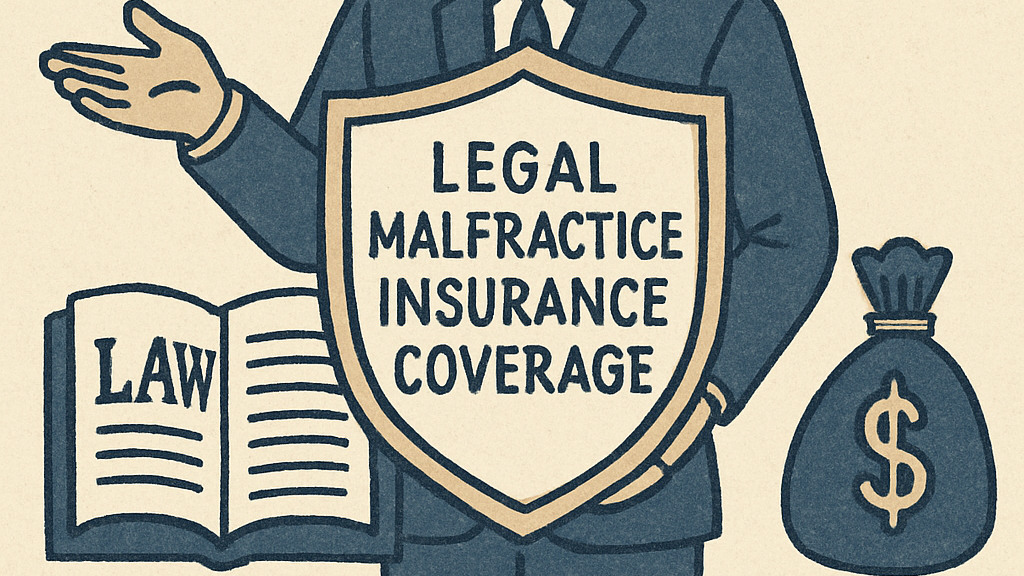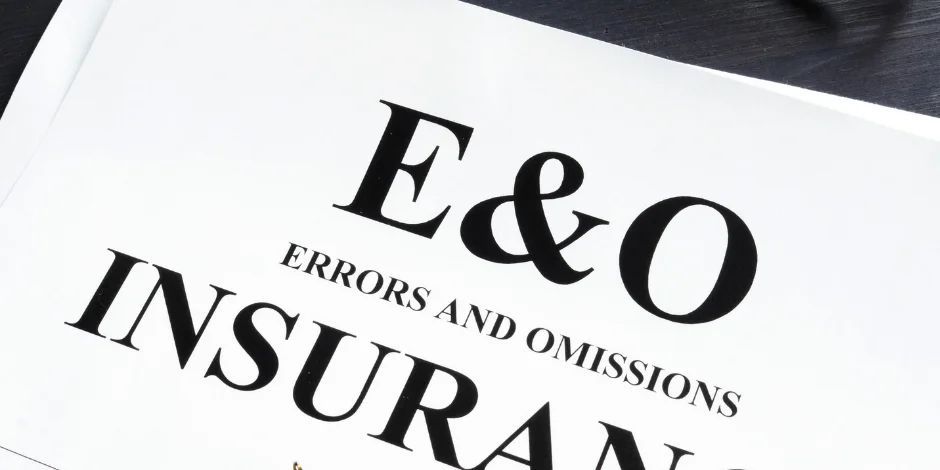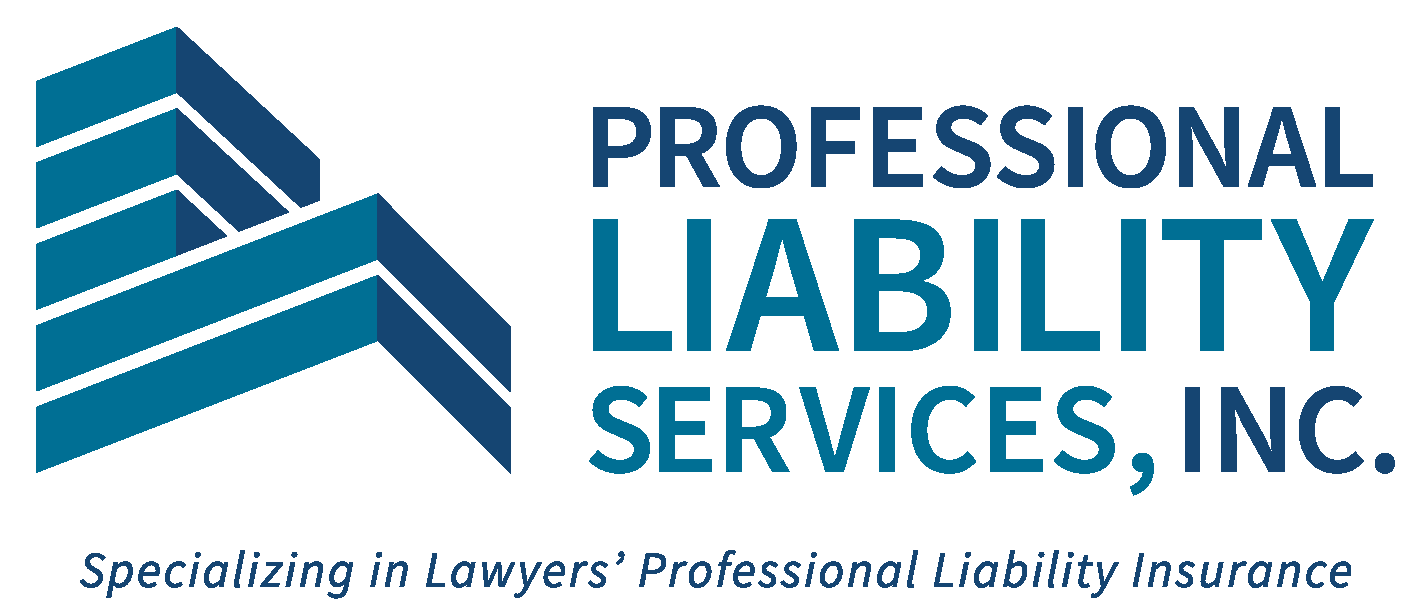Understanding the Key Differences Between Business Insurance and Professional Liability Coverage for Arizona Attorneys

If you practice law in Arizona, liability protection isn’t just a box to check—it’s part of how you safeguard your clients, your firm, and your livelihood. Yet many lawyers still conflate “regular business insurance” with professional (malpractice) coverage or aren’t clear on what Arizona specifically requires. This guide unpacks the differences, explains Arizona’s disclosure rules, and outlines practical steps for buying smart coverage and managing your risk.
Business insurance vs. professional liability (malpractice): what’s the difference?
Think of your insurance program as two distinct buckets that protect against different kinds of risk:
1) General Business Insurance (Commercial General Liability, Property, BOP)
What it’s for: “Slips, trips, and falls,” third-party bodily injury, and damage to others’ tangible property; plus protection for your own business property (e.g., computers, furniture) if you buy a package like a Business Owners Policy (BOP).
Typical claims: A visitor falls in your lobby; your sign blows off in a storm and damages a neighboring storefront; water leaks from your suite into the office below.
What it doesn’t cover: Claims tied to your legal services, advice, or professional judgment. General liability excludes claims arising from professional errors or negligence. That’s precisely why lawyers carry malpractice insurance.
2) Professional Liability (Legal Malpractice / E&O)
What it’s for: Allegations that your professional services caused a client financial harm—errors, omissions, missed deadlines, conflicts, inadequate supervision, blown statutes, misapplied law, poor settlement advice, etc.
Typical claims: Failing to file before the statute of limitations; drafting defects in a contract or estate plan; advice that triggers tax penalties; conflict-of-interest allegations.
Key structural differences from GL:
- Claims-made form: Most lawyer policies are claims-made—coverage responds when the claim is made and reported during the policy period (subject to a retroactive date), not when the underlying work occurred.
- Retroactive date / prior acts: The earlier your retro date, the more historical work is potentially covered. Moving carriers? Ensure your new policy picks up prior acts or purchase an extended reporting period (tail).
- Tail coverage: If you retire, change firms, or cancel, a tail (Extended Reporting Period endorsement) lets you report future claims arising from past work, even without an active policy.
- Defense costs inside or outside limits: Many policies include defense within limits (so fees erode the available limit). Some offer defense outside the limits—valuable but pricier.
- Consent to settle / “hammer” clauses: Watch for clauses that penalize you if you refuse a recommended settlement.
- Specialized exclusions and endorsements: E.g., SEC work, privacy breaches, escrow/trust activities, work for certain practice areas (securities, class actions), or requirements for cyber sublimits.
Bottom line: general liability protects your premises and operations risk; professional liability protects your legal work. You likely need both.
Does Arizona require malpractice insurance for attorneys?
Short answer: No, Arizona does not mandate that attorneys carry malpractice insurance. However, Arizona imposes important disclosure obligations:
- Annual disclosure to the State Bar: Arizona lawyers must certify each year whether they carry professional liability insurance, and must notify the State Bar within 30 days if coverage ends.
- Client notification if you lack insurance (since Jan. 1, 2024): The Arizona Supreme Court amended Ethical Rule 1.4 to require an attorney to tell a client if he or she does not carry professional liability insurance. This clarification took effect January 1, 2024.
These rules mean that while you aren’t forced to buy a policy, you must be transparent—with the Bar and with clients—about whether you have coverage. Multiple secondary summaries (insurer and broker resources) also note that Arizona does not mandate coverage but requires disclosure
Practical implication: Many firms choose to carry coverage not only to manage risk but also because disclosure can become a competitive issue—clients presented with two capable firms may favor the one with documented insurance.
What a strong Arizona lawyer’s malpractice policy should include
When comparing proposals, look beyond the premium. Match the policy to your practice profile:
- Limits and deductibles that fit your exposure
Common starting points for small firms are $1M/$1M or $1M/$2M, but higher-risk practice areas—PI, securities, trusts/estates with taxable estates, real estate development, class action work—often justify higher limits. Balance deductible size with cash-flow realities; consider first-dollar defense options where available. - Prior-acts coverage / retro date
Ensure “full prior acts” if you’re switching carriers or starting a new firm, so your historical work is covered. Verify that the retroactive date on the declarations page aligns with your earliest continuous coverage. - Definition of “professional services”
A broad definition can extend to ancillary roles many lawyers play (e.g., mediator, title agent, trustee, notary, fiduciary). If you serve as a neutral or expert, confirm it’s within scope. - Insured vs. insured and related-entity exclusions
Clarify coverage for intra-firm disputes, claims by closely held entities where you serve as officer/director, or claims tied to investment advice. - Outside interests and conflicts
If you sit on boards or have equity stakes in clients, address those exposures explicitly—via endorsements or separate D&O coverage. - Cyber/privacy sublimits
Some LPL policies include small cyber sublimits (for privacy breaches from legal services). Given modern threat levels and client expectations, many firms pair LPL with a dedicated cyber liability policy for better first-party and regulatory coverage. - Defense provisions
Look for panel counsel quality, choice of counsel options, defense outside limits if feasible, and favorable consent-to-settle wording. - Claims-handling reputation
Review carrier panel counsel lists and talk to peers. The ABA’s resource pages and State Bar materials can help you identify active Arizona markets and brokers.
How premiums are set (and how to control them)
Rating factors typically include: practice areas (and their risk weighting), total lawyer count and attorney years in practice, gross revenue, claims history, requested limits/deductible, and risk controls (docketing systems, conflicts software, engagement protocols). Industry references note that professional liability premiums for small professional firms often start in the low four figures annually, varying widely by risk profile.
Ways to improve pricing and coverage over time:
- Use disciplined intake: Screen for red flags—unreasonable expectations, successor counsel matters, or clients who resisted prior counsel’s advice.
- Engagement letters every time: Define scope, identify who the client is (and isn’t), outline fee structures, and address file handling and termination.
- Conflicts checks with documentation: Don’t rely on memory. Use software, keep data current, and document waivers when appropriate.
- Docketing and redundancy: Calendar statutes and key dates in at least two systems/people; run weekly exception reports.
- Client communication protocols: Provide written updates, confirm advice in writing, and memorialize critical client decisions.
- Close-out letters: Confirm matter completion and retention period; reduce “we thought you were still handling it” exposure.
- Training & peer review: Short, regular risk-management talks beat a once-a-year seminar. Encourage second looks at complex filings or settlement analyses.
Covering career transitions: moving firms, retiring, and going solo
- Switching firms/carriers: Make sure your retro date carries forward and your new policy picks up prior acts—otherwise there’s a coverage gap for past work.
- Retiring or changing practice status: Price out a tail (extended reporting period). Some carriers offer free “retirement tails” after a minimum number of continuous years insured and at a certain age.
- Going solo in Arizona: The State Bar’s “Going Solo” resources reiterate your annual duty to disclose insurance status to the Bar and to update the Bar within 30 days if coverage lapses—plan your first policy before opening your doors.
Arizona-specific compliance checklist
- Annual Bar disclosure: On your dues statement, certify whether you carry malpractice insurance. If coverage later lapses, notify the State Bar within 30 days.
- Client disclosure when uninsured: As of January 1, 2024, Ethical Rule 1.4 requires you to tell a client if you do not carry professional liability insurance. Build this into your engagement letter if you’re uninsured (or add a sentence confirming that you do have coverage, with limits if you choose).
- Keep your public profile consistent: Because the State Bar collects insurance data and offers public directories and related resources, ensure your disclosures and firm marketing materials align.
Buying strategy: where Arizona lawyers find coverage
Arizona lawyers have multiple carrier and broker options that routinely write solo and small-firm policies. The ABA curates lists of active LPL insurers, and the State Bar of Arizona posts broker/carrier resources and member-benefit information. Use these sources to compile a market list, then work with a specialist broker who places lawyers’ E&O regularly in Arizona.
Pro tip: If you practice in niche or higher-severity areas (e.g., plaintiff PI, securities, complex real estate), a broker who places similar books of business can help you negotiate better terms, higher sublimits for disciplinary proceedings, subpoena assistance, and more favorable consent-to-settle language.
Frequently asked questions
Do I really need malpractice insurance if Arizona doesn’t require it?
From a risk standpoint: yes. A single claim can exceed a small firm’s net worth when you factor defense fees and potential indemnity. Also, disclosure rules mean clients may prefer insured counsel.
Is a BOP or general liability policy enough?
No. General liability covers bodily injury and property damage—not professional negligence. You need a dedicated lawyers’ professional liability policy to cover alleged errors in legal services.
Investopedia
What limits should I carry?
Common starting limits for solos are $1M/$1M or $1M/$2M, but adjust for your revenue, case values, and practice mix. Ask your broker for benchmarking by practice area and Arizona claim severity trends.
If I change carriers, will my past work be covered?
Yes—if you maintain continuous
claims-made coverage with an unbroken retro date (or buy tail from your old carrier). Verify the retro date on your new policy before binding.
What about disciplinary or subpoena coverage?
Many policies include sub limits for disciplinary proceedings and subpoena assistance. Check sublimit amounts and whether defense is inside or outside limits.
Should I list my insurance status in engagement letters?
If you are uninsured, Arizona’s ER 1.4 requires notifying the client. Even if insured, some firms proactively disclose that they carry coverage (and sometimes the limit) to reassure clients.
The takeaway for Arizona lawyers
- Different coverages for different risks: General business insurance ≠ malpractice insurance. You likely need both.
- No mandate to carry—yet clear duties to disclose: You must certify your insurance status annually to the State Bar and notify clients if you are uninsured under ER 1.4, effective Jan. 1, 2024.
- Design coverage around how you actually practice: Pay attention to claims-made mechanics, retro dates, tails, defense provisions, and exclusions that intersect with your practice areas.
- Risk management pays for itself: Strong engagement letters, docketing, conflicts controls, and disciplined client communication not only reduce claims—they can improve underwriting outcomes.
Quick disclaimer: This article is for general informational purposes only and isn’t legal or insurance advice. Always review Arizona rules directly and consult qualified counsel and a licensed insurance professional to address your firm’s specific risks and compliance obligations.
References
Arizona Supreme Court. (2023, August 29). Rule amendments: Order amending ER 1.4, Rule 42 of the Rules of the Supreme Court of Arizona, to require an attorney to tell a client if he or she does not carry professional liability insurance, effective January 1, 2024 (Order R-23-0018). Retrieved from https://www.azcourts.gov/cld/Alternative-Business-Structure/Announcements Arizona Courts
State Bar of Arizona. (n.d.). Rule 32: Organization of the State Bar of Arizona – Insurance Disclosure. Retrieved from Westlaw: https://govt.westlaw.com/azrules/Document/NCA5F5281BE3A11EFA80D8890FEA85126?contextData=(sc.Default) Westlaw Government
Arizona Supreme Court. (n.d.). ER 1.4. Communication – Rules of Professional Conduct. Retrieved from Westlaw: https://govt.westlaw.com/azrules/Document/N851BA8E074C011EFBBC6F5DB7D04A748?contextData=(sc.Default) Westlaw Government
State Bar of Arizona. (n.d.). Arizona Legal Professional: Insurance and Indemnification Guidelines [Member discounts / professional liability insurance information]. Retrieved from https://azbar.org/for-legal-professionals/benefits-services/member-discounts/insurance/legal-paraprofessional-professional-liability-insurance/ Arizona State Bar
Embroker. (2024, July 9). Legal professional liability requirements by state: Arizona. Retrieved from https://www.embroker.com/blog/legal-professional-liability-requirements-by-state/ Embroker











